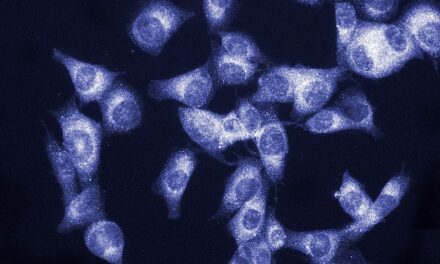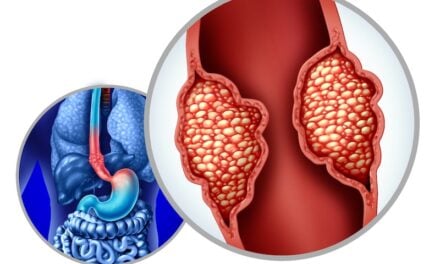Summary: Researchers have identified a 15-gene signature biomarker that can stratify renal cancer patients into low or high risk of recurrence, potentially revolutionizing post-treatment surveillance and therapy decisions.
Takeaways:
- Precision in Treatment: The new biomarker offers a more precise approach than the current standard for treating clear cell renal cancer, which largely depends on tumor size, grade, and stage, by allowing for tailored surveillance and therapy based on individual recurrence risk.
- Validation and Potential Application: This 15-gene signature has been independently associated with worse disease-free and disease-specific survival in large validation datasets, suggesting its strong potential as a reliable marker for guiding clinical decisions regarding the intensity of surveillance and additional systemic treatment after surgery.
- Future Clinical Implementation: Further research is necessary to fully integrate this biomarker into clinical practice, its ability
Researchers from the University of Michigan Health Rogel Cancer Center have discovered a biomarker that could help identify which renal cancer patients have a higher risk of recurrence.
The findings were published in JCO Precision Oncology.
Addressing Renal and Kidney Cancer
Kidney cancer accounts for about 3-5% of all cancers; clear cell renal cancer makes up about 75% of all kinds of kidney cancers. Currently, treatment for clear cell renal cancer is determined based on the size and grade of the tumor and stage of overall disease.
But this “one-size-fits-all” approach isn’t always precise.
“We need biomarkers to identify and better treat those who need to be treated and avoid treatment in those that that do not need to be treated,” says Simpa S. Salami, MD, MPH, associate professor of urology at Michigan Medicine and lead author of the study.
For example, some patients with stage pT3 disease may never develop recurrence after initial treatment with surgery to remove the kidney. Rather than offer additional, often toxic, systemic therapy to all patients with pT3 disease, a biomarker test that can stratify patients into low versus high risk for recurrence can be used to guide need for additional therapy.
Salami says there’s been no renal cancer biomarker in practice to help clinicians gauge just how aggressive the disease is likely to recur to tailor surveillance strategies as well as need for additional treatment. Until now.
“We’ve developed a 15-gene signature that can risk-stratify patients with clear cell renal cancer from low to high,” said Salami. “Even when we adjusted for other clinical variables, like age or grade of tumor, this signature was still independently associated with recurrence after treatment for this form of kidney cancer.”
Further reading: New Biomarkers Identified for Improve Renal Cancer Diagnosis
Study Details
The team retrospectively identified 110 patients who’d undergone a nephrectomy for clear cell renal cancer and had follow-up after treatment. They then performed capture transcriptome profiling from archival tissue specimen from these patients.
Through analyzing the RNA sequencing data, they identified a 15-gene signature that was independently associated with recurrence/worse disease-free survival (DFS) and disease-specific survival (DSS). In two large validation datasets, including data from the Cancer Genome Atlas, the 15-gene signature was independently associated with worse DFS and DSS.
Though more research is needed to define how these findings are implemented in the clinic, Salami says there’s much to be hopeful about. “There’s potential for using this signature to identify patients who should receive low versus high intensity surveillance,” he said. “It could inform how frequently to do surveillance imaging after initial treatment and, if validated, may be used to guide the selection of patients for additional systemic treatment after surgery.”





